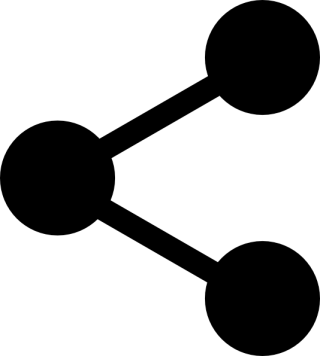

Vill du ta del av tillgängliga verk från utställningen?
Utställningen avslutades för ett bra tag sedan. Klicka på knappen nedan, fyll i dina detaljer och specifika önskemål så ser vi vad vi kan få fram.
Kämpar för konsten
Hos Artworks hittar du en bred blandning av professionella konstnärer och naturligtvis – fantastiska konstverk att köpa. Vi fokuserar främst på konst från gallerier och samtida konstnärer och vi vill att det ska vara en enkel och inspirerande upplevelse att köpa konst hos oss. För att själv upptäcka nya favoriter så kan du: söka efter ett speciellt konstnärskap i sökrutan ovan, bläddra bland tusentals konstverk – eller utforska konstverk baserat på pris, stil eller teknik i vår webshop.
Upptäck konstscenen med oss
Lägg till i Artworks kalendarium
Lägg till din kommande utställning, vernissage eller konstnärssamtal och hamna framför ögonen på 50 000 besökare i månaden.

